1964-1967 Pontiac Le Mans

Meet Austin
Austin has been a muscle car enthusiast since an early age with his Dad having a collection including a 1965 Mustang, 1968 Mercury Cougar, and a 1969 Mustang Mach 1 among many others. Austin received a technical writing degree from University of Colorado Denver with the intentions of becoming an automotive journalist. His automotive knowledge, enthusiasm, and hands on experience allow him to craft detailed, accurate, and high-quality articles for the passionate Muscle Car Club audience.
“Le Mans” is a name that carries a lot of weight. As the oldest endurance racing event in history, the 24 Hours of Le Mans is one of the most punishing and prestigious sports car proving grounds and has been for nearly a century. As such, naming a car after the historic racing series was definitely a bold move from Pontiac and one that displayed a lot of confidence in their product.
The Pontiac Le Mans is an American muscle classic that often doesn’t get enough love for the impact that had on the muscle car class. Initially the highest-trim level for the Pontiac Tempest, the Le Mans was able to stand on its own feet as an independent model beginning in 1963. The Le Mans evolved in the following years into its own beast. It introduced the world to the GTO namesake which would go on to become its own model as well. While the Pontiac GTO would unquestionably go on to overshadow the Le Mans as a fixture of Ameican muscle royalty, credit has to be given to the model that started it all.
The Pontiac Le Mans was a staple of the Pontiac lineup, offered in 5 different generations from 1961-1993. In this article, we’ll cover the second-generation Pontiac LeMans, which spanned between 1946 and 1967. The second-generation Le Mans was perhaps the most important evolution for the model. It cemented the Le Mans identity and introduced new evolutions to the namesake that would have serious positive implications for Pontiac in the years to come.
Second Generation Pontiac Le Mans Overview
At first, the Le Mans name was used as the highest-tier trim level for one of Pontiac’s compact models, the Tempest. The Le Mans trim introduced bucket seats and different badging to the first-generation Tempest which was built on GM’s unibody Y-body platform. This continued into the 1962 Tempest, where it was also available in convertible form and with the 194.5ci Pontiac “Trophy-4.”
By 1963, the Le Mans trim level for the Tempest had garnered enough attention from buyers as the top luxury/performance model that Pontiac believed that the Le Mans could stand on its own. For the 1963 model year, the Pontiac Le Mans existed as its own model outside of the Tempest platform. With that being said, they shared the same chassis and overall layout.
1964 Pontiac Le Mans
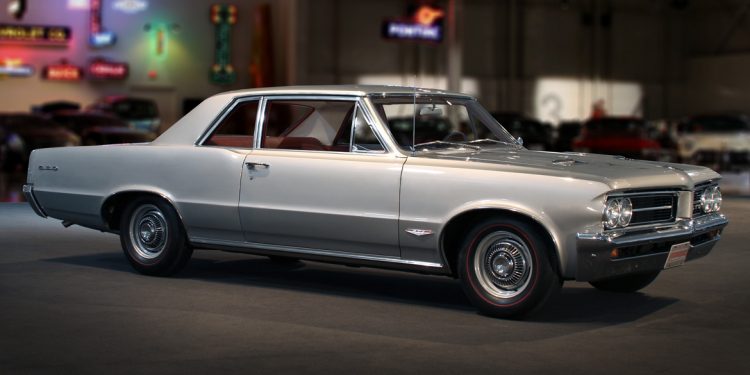
1964 is the year that the Pontiac Le Mans truly came into its own. While still a direct offshoot of the Tempest, the Le Mans featured its own trim levels. The Le Mans lineup featured a range of engine options. Like the Tempest, the Le Mans did a bit of growing. The Le Mans switched to the new-for-the-time GM A Platform was classified as a mid-sized option and extended the wheelbase by 3 inches. There were a number of different engines available for the 1964 Le Mans. The 215ci Pontiac inline-6 taking took over as the base engine in 1964.
The 1964 model year was an important one, as it also introduced the GTO trim level to the Tempest/LeMans. The GTO trim was revolutionary at the time. It introduced the concept of slapping a big block into a comparably lightweight, midsize chassis. At the time, high-displacement engines were pretty much reserved for full-size cars. A few examples include the Ford Galaxie and Chevy Impala SS. The GTO LeMans is widely cited as the first true muscle car due to its unique layout. The GTO Le Mans was offered with either a 389 cu in V8 producing 325 horsepower in four-barrel carb trim or 348 horsepower when equipped with three two-barrel carbs.
While the GTO stole the thunder from the rest of the Le Mans lineup, there was also a 1964 LeMans H.O. model equipped with a slightly less beefy 326ci V8 that still put out a respectable 280 horsepower.
1964 Pontiac LeMans Engine Options
| Pontiac LeMans 1964 Engine Options | 215 cu in Inline-6 (Standard) | 326 cu in Pontiac V8 | 389 cu in V8 |
| Horsepower | 165hp | 250hp | 325/348hp |
| Carburetor Configuration | Single-barrel | Two-barrel | Four-barrel/Tri-Power |
| 0-60mph | 13.1 sec | 11.1 sec | 7.7 sec / 7.1 sec |
1964 Pontiac LeMans Production Numbers
| Pontiac LeMans 1964 Production Numbers | 6-Cylinder | 326 V8 | 389 V8 / GTO |
| 2-Door Convertible | 2,267-5,786 units | 11,773 units | 2,267-6,644 units |
| 2-Door Hardtop | 2,237-7,409 units | 23,901 units | 2,237-18,422 units |
| 2-Door Coupe | 2,227-11,136 units | 20,181 units | 7,384 units |
1965 Pontiac Le Mans
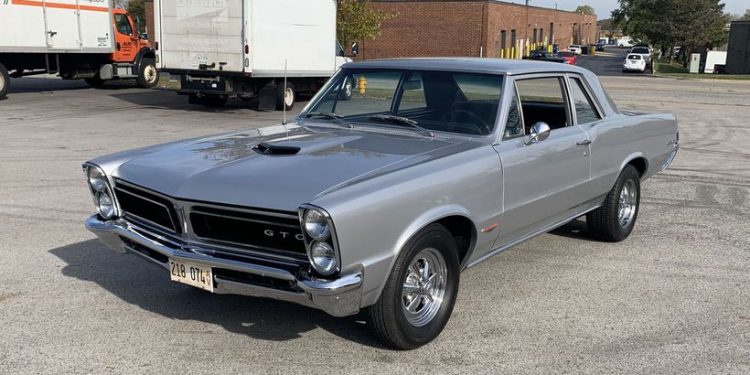
While there were other significant changes made to the Pontiac Le Mans for 1965, the styling changes were perhaps the most important to the general public. One of the most notable aesthetic changes was the shift from parallel headlights to the stacked headlights that many people associate with the Pontiac GTO. The 1965 Pontiac Le Mans also received wraparound taillights and a different header panel design. While the wheelbase remained the same, in accordance with the CM A-body, the 1965 Le Mans was lengthened by 3.1 inches.
Beyond aesthetics, there were additions and changes to the Le Mans lineup from 1964. 1965 was the first year to see a Le Mans four-door sedan. That is in addition to the two-door post coupe, convertible, and hardtop coupe. The four-door Le Mans sedan came with a rear bench seat with Preston patterned upholstery. The GTO Le Mans received a bump in power to 335hp from the 389 cu in V8 in four-barrel form and 360hp with the Tri-Power carburetors.
1965 Pontiac LeMans Engine Options
| 1965 Pontiac LeMans Engine Options | 215 cu in Inline-6 (Standard) | 326 cu in Pontiac V8 | 326 cu in V8 H.O. | 389 cu in V8 |
| Horsepower | 165hp | 250hp | 285hp | 325/348hp |
| Carburator Confiduration | Single-barrel | Two-barrel | Four-barrel | Four-barrel/Tri-Power |
| 0-60mph | 13.1 sec | 11.1 sec | 8 sec | 7.7 sec / 7.1 sec |
1965 Pontiac LeMans Production Numbers
| 1965 Pontiac LeMans Production Numbers | |
| 2-Door Convertible | 13,897 units |
| 2-Door Hardtop | 60,548 units |
| 2-Door Coupe | 18,881 units |
| 4-Door Sedan | 14,227 units |
1966 Pontiac Le Mans
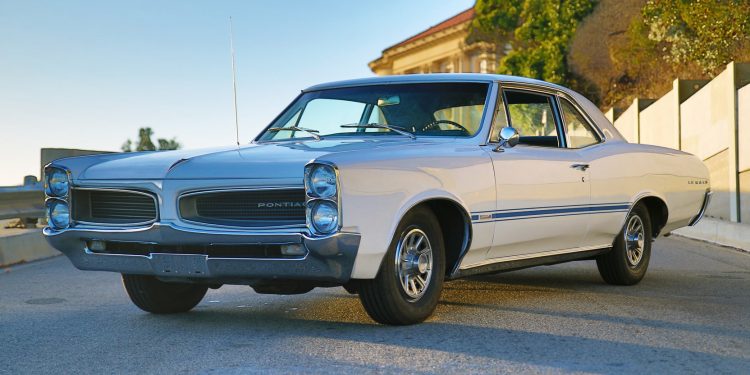
Another year and another styling change for the 1966 Pontiac Le Mans. While the most drastic aesthetic change came in 1965, 1966 also brought some significant changes for the Le Mans. The two-door hardtops and pillared coupes received redesigned tunneled backlite rooflines. The entire line received an aggressive “coke-bottle” design with flared arches.
One of the most important changes to the Le Mans in 1966 was Pontiac’s switch to the 230 cu in OHC-6 engine that replaced the previous 215 cu in inline-6 as the base engine for the Le Mans and Tempest. The OHC-6 engine was an extremely unique engine for the American market at the time. It was the only single overhead cam 6 cylinder in an American production car at the time. The 230 cu in OHC-6 was loosely designed on the Chevrolet 230 cu in L-head 6 cylinder but was heavily redesigned.
The OHC-6 was available with either a one-barrel carburetor or in 4-barrel “Sprint” form. The single-barrel OHC-6 was rated at 165 horsepower, while the Sprint OHC-6 saw a sizable improvement in horsepower to 207. In addition to the carburetor, the Sprint OHC-6 had a performance cam and higher compression ratio of 10.5:1. In fact, the Spirnt-equipped cars feature a few notable upgrades including a fully-synchronized Dearborn three-speed manual transmission, upgraded suspension with higher rate springs, and significant body appearance upgrades.
Outside of the Pontiac OHC-6 options, the two-barrel 326 cu in. V8 and four-barrel 326 H.O. V8 were also optional on the 1966 Pontiac Le Mans. The 326 H.O. was a mighty engine, producing 285 horsepower, which significantly outperformed the Le Mans Sprint with the 4-barrel carb OHC-6. With that being said, neither the Sprint nor the 326 H.O. Le Mans made much sense when the GTO existed as a standalone option.
1966 Pontiac LeMans Engine Options
| 1966 Pontiac LeMans Engine Options | 230 cu in SOHC Inline-6 (Standard) | 326 cu in Pontiac V8 | 326 cu in V8 H.O. |
| Horsepower | 165hp / 207hp | 250hp | 285hp |
| Carburetor Configuration | Single-barrel / Four-barrel in Sprint | Two-barrel | Four-barrel |
| 0-60mph | 10.3 sec | 11.1 sec | 8 sec |
1966 Pontiac LeMans Production Numbers
| 1966 Pontiac LeMans Production Numbers | |
| 2-Door Convertible | 13,080 units |
| 2-Door Hardtop | 78,109 units |
| 2-Door Coupe | 16,654 units |
| 4-Door Sedan | 14,227 units |
| 4-Door Hardtop | 13,897 units |
1967 Pontiac Le Mans
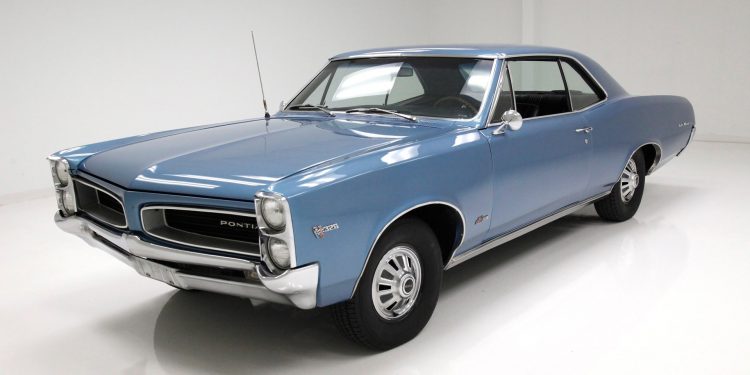
By 1967, the second generation Pontiac Le Mans was pretty much fully established. At that point, there weren’t any revisions or additions to the model line in terms of body style or engine configurations. The base engine remained the single-barrel carb OHC-6 cylinder, with the Sprint option still available. Overall, the Le Mans remained largely the same for the 1967 year barring some minor aesthetic tweaks and some added safety features.
In terms of changes to the overall look, the 1967 Le Mans received a freshly-styles front grille, updated taillights, and rear quarter louver trim. Otherwise, the overall styling of the 1967 model stayed the same as the updated 1966 Le Mans. Perhaps most importantly, the 1967 Pontiac Le Mans received new, state-of-the-art safety features for the time. These included an impact-absorbant steering column, four-way hazard flashers, turn signals, front and rear seatbelts, and a refreshed electronic braking system.
The 1967 Pontiac Le Mans was the final iteration of the second generation Le Mans and marked the end of the second generation production cycle. Following the 1967 Le Mans, the entire Le Mans line was restyled and featured a more modern look overall. The stacked headlights returned to horizontally-mounted ones and engine options continued to grow in displacement.
1967 Pontiac LeMans Engine Options
| 1967 Pontiac LeMans Engine Options | 230 cu in SOHC Inline-6 (Standard) | 326 cu in Pontiac V8 | 326 cu in V8 H.O. |
| Horsepower | 165hp / 207hp | 250hp | 285hp |
| Carburator Confiduration | Single-barrel / Four-barrel in Sprint | Two-barrel | Four-barrel |
| 0-60mph | 10.3 sec | 11.1 sec | 8 sec |
1967 Pontiac LeMans Production Numbers
| 1967 Pontiac LeMans Production Numbers | |
| 2-Door Convertible | 9,820 units |
| 2-Door Hardtop | 75,965 units |
| 2-Door Coupe | 10,693 units |
| 4-Door Sedan | 14,227 units |
| 4-Door Hardtop | 8,424 units |
Second Generation Pontiac Le Mans Summary
Due to the fact that the Pontiac Le Mans began life as a trim level for the Tempest, many people looked past the Le Man’s unique characteristics as an independent model. From 1964-1967, the Le Mans changed and adapted with the times. Over the four year period, the Le Mans saw revisions and updates consistently, both in terms of aesthetics and performance. It can be argued that the Pontiac Le Mans was indirectly responsible for the rise of the American muscle car, as the GTO trim for the Le Mans introduced the concept of dropping a big block V8 into a mid-size chassis. While there were other examples in the past, the GTO’s success led to a domino effect, spurring other manufacturers to follow suit.
Regardless, the Pontiac Le Mans can certainly stand on its own outside of the GTO. What many people don’t realize, especially in the current market, is that the 326 H.O. Le Mans is 3/4 of the car that the GTO is and can be picked up for a quarter of the price. Regardless, the Pontiac Le Mans is an iconic example of American design and performance.

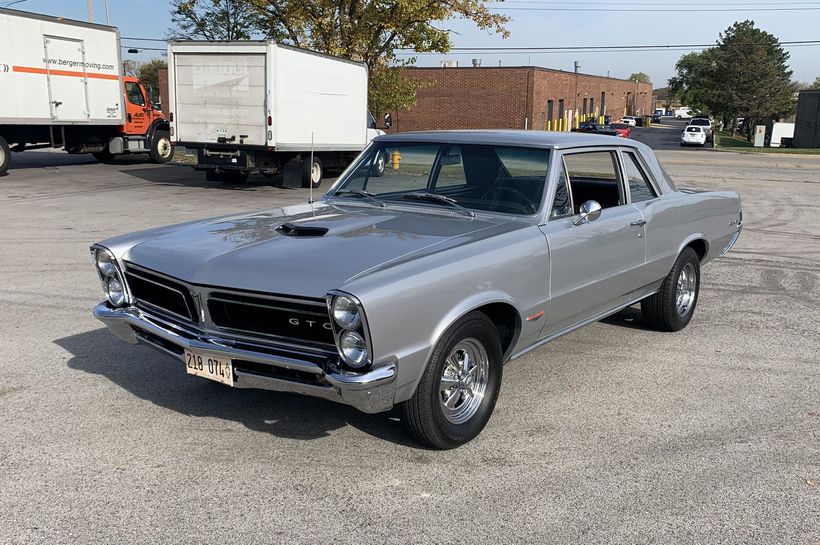
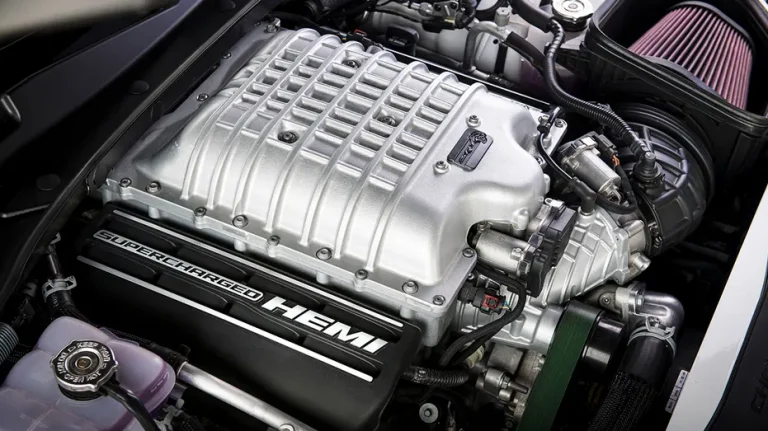
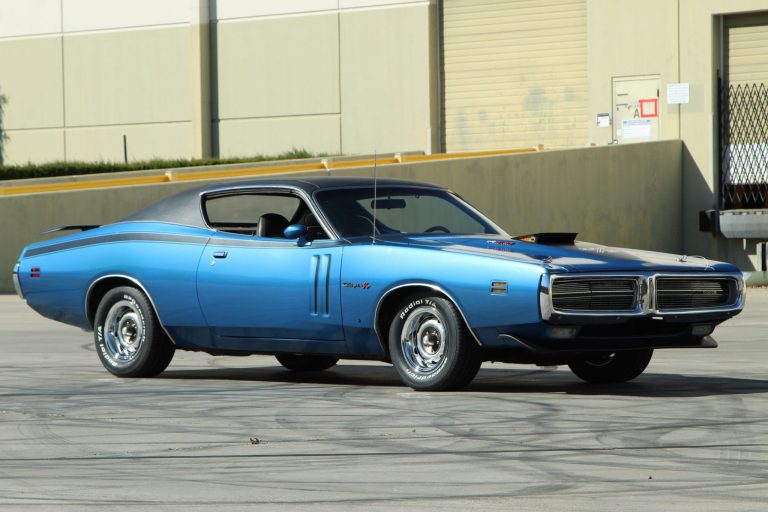
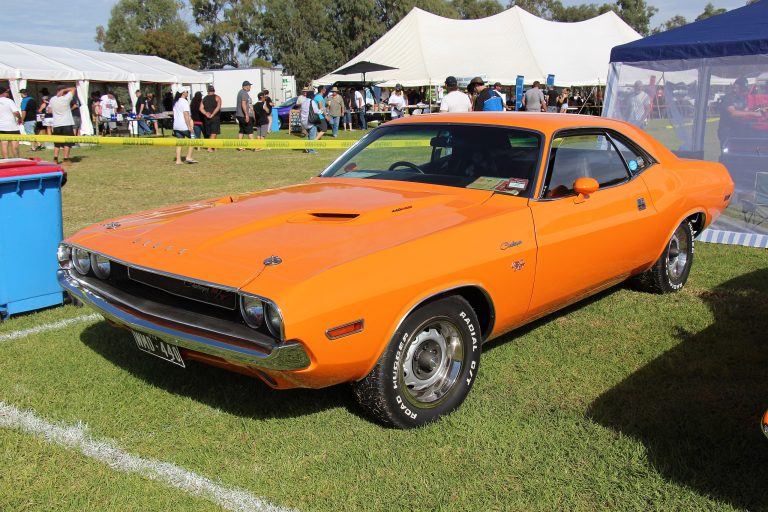
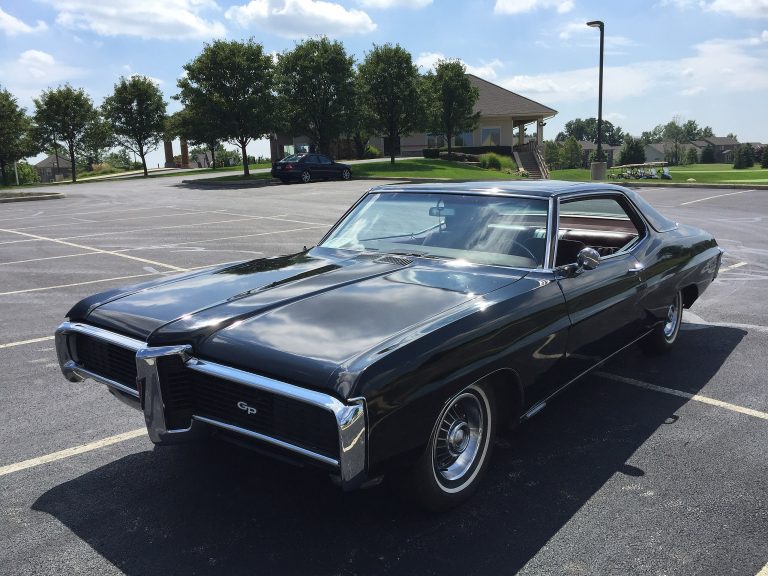
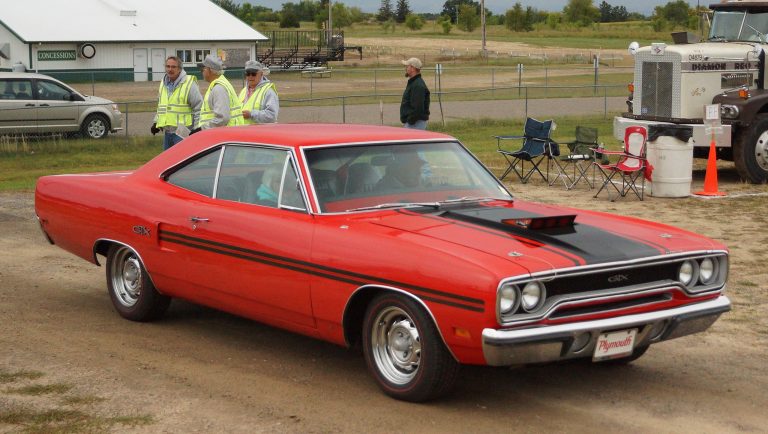
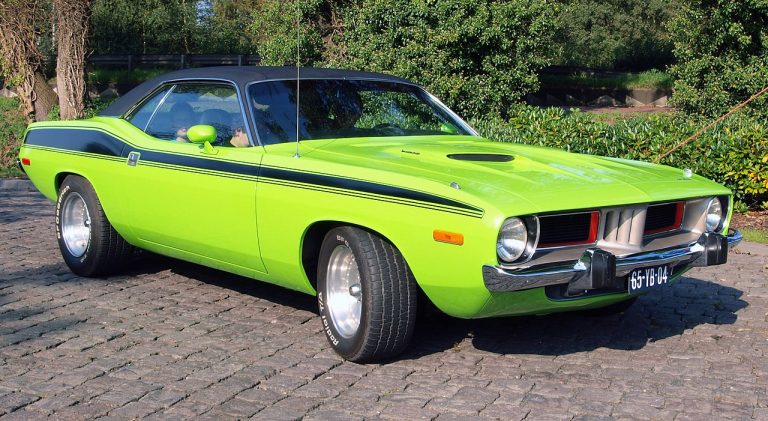
i was just trying to ask why my 1986 454 v8 gmc triple e motorhome starts with battery boost on then shuts down when finger is off button